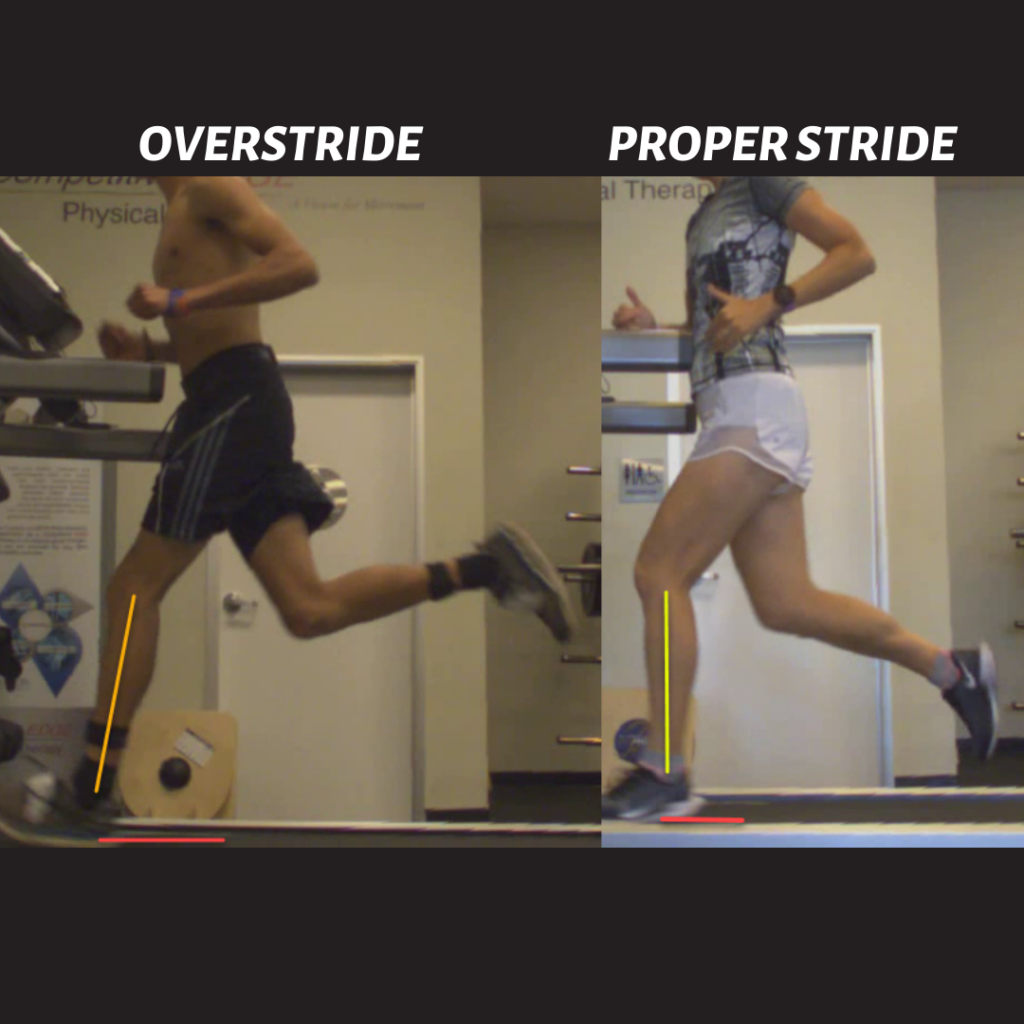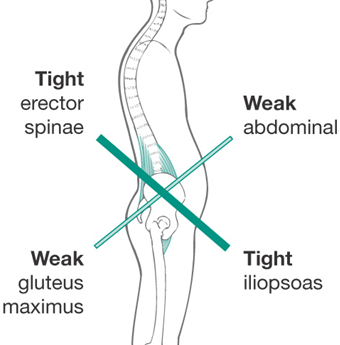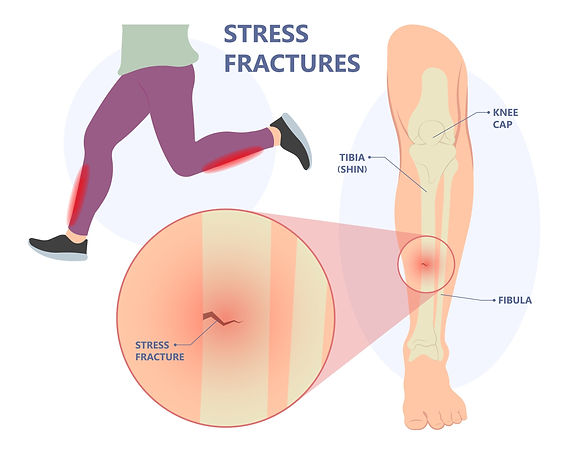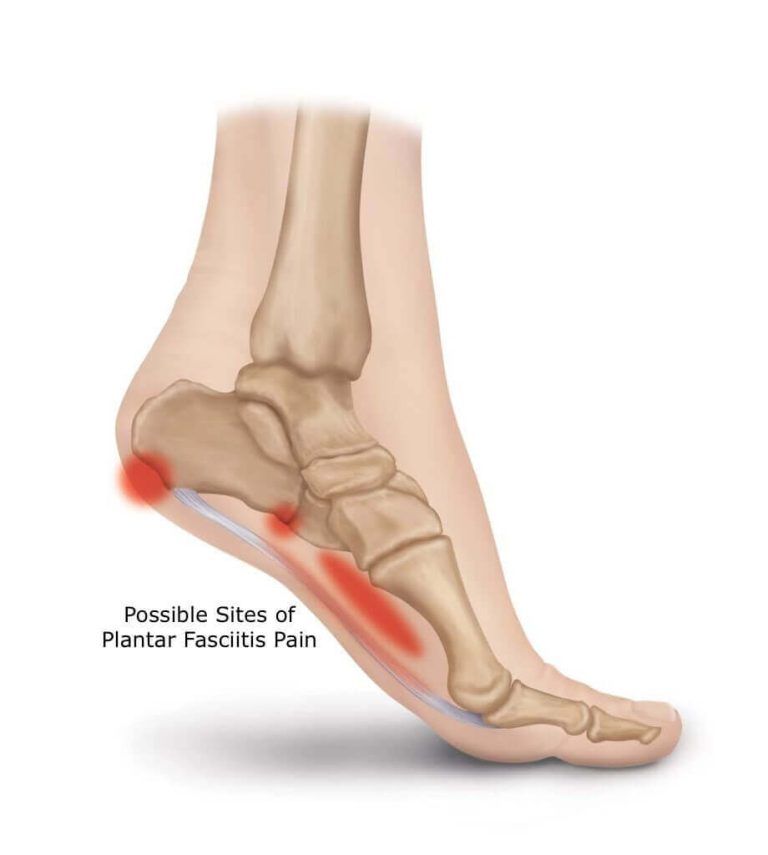Lower Back Pain While Running
Experiencing lower back pain while running is common and may be caused by poor form or muscle imbalances. It is crucial to address the underlying issues to prevent further discomfort and injury.
Running with proper technique, incorporating strength training exercises, and maintaining flexibility can help alleviate lower back pain. Additionally, ensuring you have supportive footwear and gradually increasing your mileage can also contribute to a healthier running experience. By addressing these factors, you can enjoy your runs without the hindrance of lower back pain, allowing you to stay active and reach your fitness goals.
:max_bytes(150000):strip_icc()/runner-back-pain-AdobeStock_474209535-80f23d9c5ffe407c89ec90483a718ec4.jpg)
Credit: www.shape.com
Causes Of Lower Back Pain While Running
Lower back pain while running can be a common issue that hinders both performance and the overall running experience. Various factors can contribute to this discomfort, and understanding the causes can help in addressing and preventing it. Here are some of the key culprits:
Improper Running Form
Running with poor posture or inefficient body mechanics can put undue stress on the lower back, leading to pain and potential injury. This might include hunching over, overarching the lower back, or excessive twisting while running, all of which can strain the back muscles and spine.
Muscle Imbalances
Imbalances in strength and flexibility between different muscle groups, particularly those in the core and lower back, can place added strain on the back while running. Weak abdominal muscles, tight hip flexors, and underdeveloped glutes can lead to compensatory movements that aggravate the lower back.
Inadequate Warm-up Or Cool-down
Rushing into a run without proper warm-up or abruptly stopping without a thorough cool-down can shock the muscles and lead to increased likelihood of injury, including lower back pain. Failing to prepare the body for the physical demands of running can exacerbate any existing back issues.
Wearing Improper Footwear
The shoes worn while running play a vital role in offering support and cushioning to the body, including the lower back. Wearing ill-fitting or worn-out shoes can disrupt natural running mechanics and contribute to lower back strain and pain.

Credit: m.youtube.com
Prevention And Maintenance Strategies
Effective prevention and maintenance strategies are key to managing lower back pain while running. By implementing the right techniques and practices, athletes can significantly reduce the risk of injury and discomfort.
Proper Running Form
- Keep torso upright and engage core muscles.
- Maintain short and quick strides.
- Avoid overstriding to lessen impact on lower back.
Regular Strength Training
- Incorporate exercises targeting core muscles and lower back stabilizers.
- Focus on strengthening glutes, hamstrings, and quadriceps.
- Consult a trainer for tailored workout plans.
Dynamic Warm-up And Cool-down Exercises
- Perform dynamic stretches to loosen up muscles before running.
- Include cool-down stretches to enhance flexibility post-run.
- Ease into and out of workouts gradually.
Choosing The Right Footwear
- Select shoes that provide adequate cushioning and support.
- Ensure proper fit to avoid strain on the lower back.
- Replace worn-out shoes regularly to maintain optimal support.
Exercises To Strengthen The Core And Lower Back
Strengthening the core and lower back is crucial for runners experiencing lower back pain. Try exercises like planks, bridges, and bird dogs to improve stability and reduce discomfort during your runs.
Plank variations, Deadlifts, Supermans, and Bird dogs are effective exercises for strengthening the core and lower back muscles.Plank Variations
Planks are excellent for building core strength. Variations such as side planks and plank hip dips engage different muscle groups.Deadlifts
Deadlifts are a key exercise for strengthening the lower back, hamstrings, and glutes. Ensure proper form to prevent injury.Supermans
Engage in Supermans to target the lower back and posterior chain. Lift arms and legs off the floor while squeezing the back muscles.Bird Dogs
Bird dogs are great for enhancing core stability. Alternating extensions of opposite arm and leg improve balance and coordination.Stretching And Flexibility Exercises
Stretching and flexibility exercises are crucial for runners experiencing lower back pain. Enhancing the flexibility of various muscle groups, particularly the hamstrings, hip flexors, piriformis, and lower back muscles, is vital for alleviating discomfort and preventing future injuries. Incorporating targeted stretching routines into your workout can help maintain a healthy back and improve overall running performance.
Hamstring Stretches
Engaging in hamstring stretches can effectively reduce lower back strain during running. Some recommended exercises include:
- Standing hamstring stretch
- Seated hamstring stretch
- Supine hamstring stretch
Hip Flexor Stretches
Hip flexor stretches can provide relief to the lower back and improve running posture. These stretches may include:
- Kneeling hip flexor stretch
- Lying hip flexor stretch
Piriformis Stretches
Piriformis stretches can help alleviate lower back pain by releasing tension in the buttocks and hips. Effective exercises include:
- Piriformis stretch in a seated position
- Piriformis stretch lying on your back
Lower Back Stretches
Incorporating lower back stretches into your routine can significantly contribute to preventing and managing lower back pain. Some beneficial stretches are:
- Knee-to-chest stretch
- Child’s pose
- Cat-Cow stretch
When To Seek Professional Help
If you experience lower back pain while running, it’s important to listen to your body and know when it’s time to seek professional help. While some discomfort is normal when pushing your limits, certain signs indicate a need for expert evaluation and treatment. Here are three key indicators that should prompt you to consult a healthcare professional.
Persistent Or Worsening Pain
If your lower back pain persists or becomes worse over time, you should consult a professional. Persistent pain can indicate an underlying issue that requires medical attention. Ignoring or disregarding this pain may lead to further complications and hinder your ability to continue running or engage in other activities. Consulting a healthcare professional will help identify the root cause of your pain and provide appropriate treatment options.
Difficulty With Daily Activities
If your lower back pain interferes with your daily activities and restricts your movement, it’s important to seek professional help. Difficulty in performing day-to-day tasks like bending, lifting, or even walking can significantly impact your quality of life. A healthcare professional can assess your condition, provide guidance on managing your pain, and recommend specific exercises or stretches to improve your mobility and functionality.
Numbness Or Tingling In Legs
If you experience numbness or tingling sensations in your legs, it could be a sign of a more severe problem related to your lower back pain. This may indicate nerve compression or damage, which requires immediate attention. Ignoring these symptoms can lead to further complications, including potential muscle weakness or loss of sensation. A healthcare professional can evaluate your symptoms and recommend appropriate interventions, such as physical therapy or further diagnostic tests, to relieve your discomfort and address the underlying issue.
Loss Of Bladder Or Bowel Control
Although rare, if you experience a loss of bladder or bowel control along with your lower back pain, it’s crucial to seek immediate medical attention. This combination of symptoms may be indicative of cauda equina syndrome, a medical emergency that requires prompt surgical intervention. Do not hesitate to contact a healthcare professional or visit the emergency room if you experience these alarming symptoms.
Remember, it’s always better to err on the side of caution when it comes to your health. Pay attention to persistent or worsening pain, difficulties with daily activities, and any abnormal sensations or loss of control. Seeking professional help in a timely manner can help you identify and address the root cause of your lower back pain, ensuring a quicker recovery and allowing you to continue your running pursuits with confidence.

Credit: compedgept.com
Frequently Asked Questions For Lower Back Pain While Running
Why Does My Lower Back Hurt When I Run?
Lower back pain while running can be caused by poor posture, muscle imbalances, or weak core muscles.
How Can I Prevent Lower Back Pain While Running?
To prevent lower back pain while running, make sure to warm up properly, maintain good posture, and strengthen your core muscles.
When Should I See A Doctor For Lower Back Pain While Running?
If your lower back pain persists or worsens, it is important to see a doctor for a proper diagnosis and treatment plan.
Conclusion
Lower back pain while running can be a common issue for many athletes. Taking proactive steps, such as proper warm-ups, stretching, and strengthening exercises, can help prevent and alleviate discomfort. It’s important to listen to your body and seek professional guidance if needed to ensure a healthy and enjoyable running experience.







